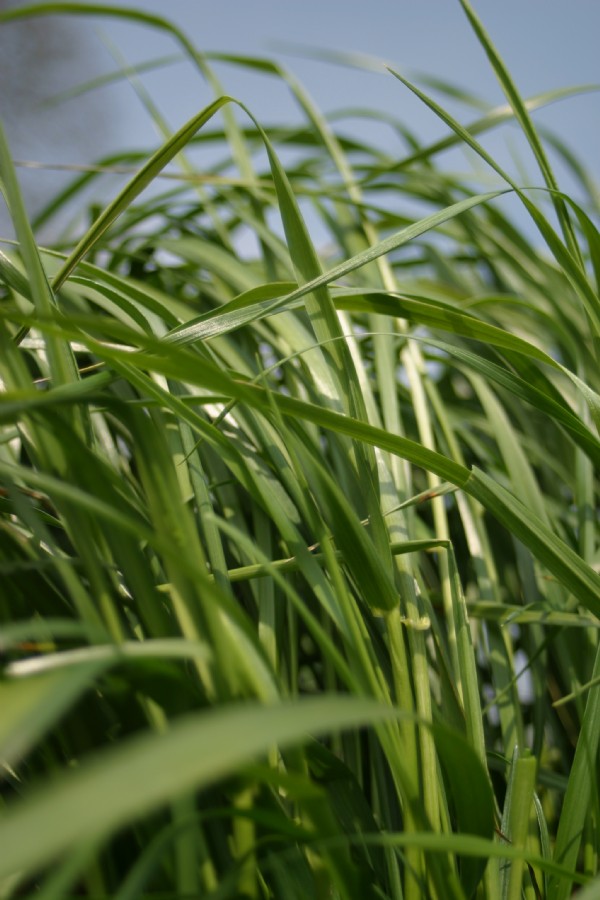

The economic impacts of a ruined crop can significantly impact on a farm’s profits for the year, therefore trying to prevent the spread of disease is obviously high up on a farmer’s priority list. Chemicals, such as pesticides, or artificial fertilizer are the most commonly used protection (or in exceptional cases cure) from diseases and pests. There are however many other ways of managing and preventing disease.
For example, some perennial ryegrasses are susceptible to crown rust. This can affect leys in august (usually). There is a simple, cost effective method of preventing this, which is to simply graze or cut regularly in the preceding months. Although in this particular example, the effects are less palatability of the crop, and it looks less attractive, which has little economic affect.
Brassica crops are liable to all manner of pests and diseases. A common disease, Rhizoctonia solani, or “damping off”, affects seedlings, often causing death, resulting in a poor crop take. It is a pathogenic fungus with a wide host range. This disease particularly affects brassicas, because it is known to cause “wire stem”. Wire stem, and damping off can be controlled with fungicides, but this should be used only as a last resort.
Weeds are perhaps the most common problem faced by farmers, especially those who intend to take a hay or silage crop from their grass leys. Many farmers use herbicides to kill off most broadleaf perennial weeds, which of course is not an option for organic farmers. The use of herbicides can be disadvantageous to users of clover as there are few effective clover-safe products. The best option for effective perennial weed control is to use a crop rotation. Annual weeds are not usually a serious problem as they are grazed or mown out.
Chemicals can be used for two things – prevention, and control.
The main types of chemicals are listed below:
- Fungicides – used to control fungus diseases
- Insecticides – used to control insects.
- Desiccants – rarely used, but used to burn or scorch of growing crops
- Herbicides – used directly to control weeds
Economics
When trying to make a profit, a farmer wants to produce as much as possible with as little financial input as possible. Pesticides, fertilizers and crop failures, can be very expensive for farmers. But, there are several solutions and practices to help prevent huge disease and pest related expenditure.
Crop rotation – Where a crop is grown year after year in the same soil, it can lead to trouble. Weeds get a chance to spread, and the soil is deprived of its natural minerals. By introducing different crops and some legumes, such as clovers, it can help save money, and lead to higher outputs.
Hygiene – Keep a close eye or any place from which pests or disease could spread. Things that can cause trouble include remains of a crop that has been left over from a previous year, crop plants growing as weeds in the following crop, patches of wasteland, heaps of rubbish, or even rough grass in ditches. By being more hygienic, the risk of spreading disease is significantly decreased.
Good farming – A crop that is growing well, and producing a good yield, is less likely to be attacked by any form of disease or pest. By sowing at the right time, right quantity of seed etc… it will give the crop a better chance of disease resistance.
Timeliness – The ability to do things at the right time (such as applying fertilizer, over-seeding, using pesticides or grazing) is one of the most important qualities that contributes to good farming practice (see above) and helps when having to deal with pests or disease.
Date Posted: 30th March 2017



